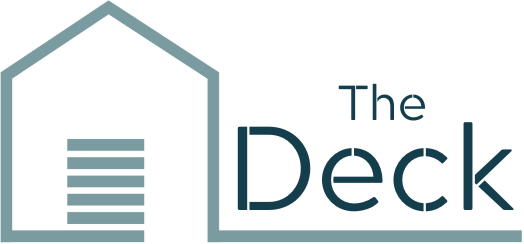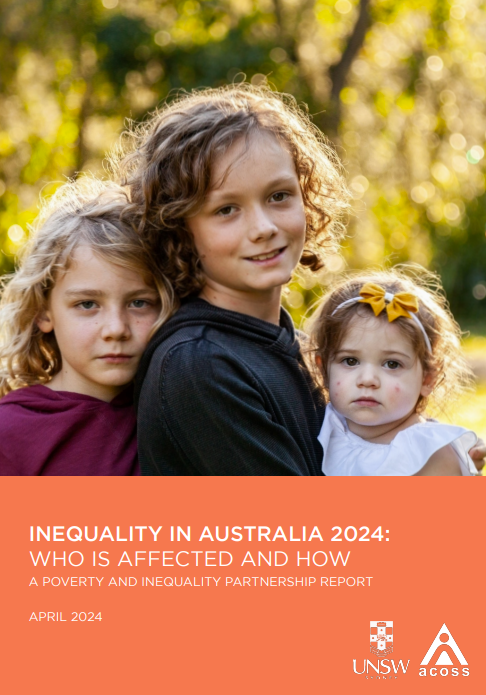Our overview report on Inequality in Australia revealed large and persistent gaps in incomes and wealth between the lowest and highest rungs of the distribution:
- In 2019-20, the highest 10% of households ranked by income had an average $5,248 per week after tax, over two and a half times that of the middle 20% ($1,989) and six times that of the lowest 20% ($794).
- Wealth is divided much more unequally than income. In 2022-23 the highest 10% of households ranked by wealth (those with over $2.5 million) held 44% of all wealth, an average of $5.2 million each. This is three times the wealth of the next 30% with $1.5 million, 15 times that of the lowest 60% with $343,000 and 126 times that of the lowest 20% (with $41,000).
In 2023, there were 159 billionaires in Australia with average wealth of $3.2 billion each. Their total wealth was $503 billion – so that 3.2% of all household wealth was held by 0.0007% of all adults.
In this report, we dig deeper into the latest available data from the Australian Bureau of Statistics (for 2019-20, adjusting forward to 2022-23 for wealth) to identify who stands where on the income and wealth ladders and the main causes of income and wealth inequality.
This report has a special focus on individual earnings inequality and on inequalities of wealth by age.


